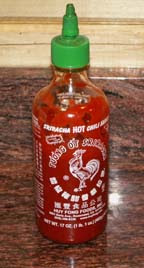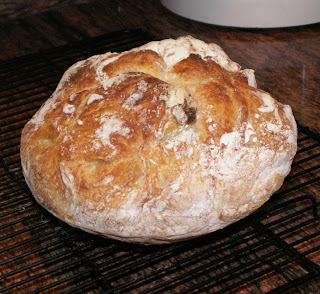 Aiiii conejitos!
Aiiii conejitos! Like a moth to a flame I am drawn to it. Capsaicin, my instantaneous path to pain and endorphins. the magic ingredient I ingest in my quest for flavor in a sodium free world. The sun sets I indulge, the sun rises I pay.
Capsaicin, the chemical that makes chili hot, binds to receptors in the sensitive lining of the mouth. That’s obvious. But guess where else it finds a sensitive lining with which to bind. You guessed it. You already knew. You’ve been there haven’t you. These very sensitive receptors also live at the other end of the road.
Yes, I did it again. We went down the mountain, to run some errands, to pick up some things for Christmas stockings, to replenish our stock of fresh vegetables. And lo and behold, what to our wondrous eyes should appear, but a James Bond movie, on the marquee of the one and only movie house in town. But it is four o’clock and the movie doesn’t start until seven. We will have to kill some time, not an easy thing to do in this little town. There are two fast food emporiums, one supermarket, two dollar stores, one “drug” store, no mall, no Tinseltown. It does have sidewalks, and street lights, and, in fact, Christmas decorations. We go to the dollar store. We pick up some groceries. We tour the “drug” store, no ordinary drug store, this one. Yes, you can buy drugs there, and while there you can also buy a gun, and ammunition, and a bottle of Jack Daniels, and a yard or two of fabric, and craft supplies, and a replacement cartridge for your printer, and an ice cream bar. When we finish our tour it is only five thirty.
We will treat ourselves to dinner. Choices include, one oriental, one fussy (open only to a private party tonight), a place called Booga Red’s, the Safire, and a Mexican restaurant. We know and like the Mexican place and it just happens to be open. We are in luck. There is a sign on the door that says they are going to close for a winter vacation. Will open again in February.
Well, the food this Mexican lady serves is all the way off old
Wilbur’s scale. Great taste, incredible heat. I loved every bite even though at times my mouth was burning and I was reaching for the water pitcher. When we left my scalp was wet with sweat, one of the things that chilies do for me. Finally it was time to go see what Bond was up to.
The movie house and its equipment are antique, and that includes the ticket machine, the popcorn machine, and apparently the projector. It’s a trip just to go there, no matter what the show. They are open Thursday, Friday, Saturday, and Sunday. Shows at seven and nine, but you better go for the seven, especially in the winter. Less than twelve paying customers and the nine doesn’t happen. Counting the two of us there were eight at the seven. Two of them were teenie boppers, who got a hot cell phone call midstream and departed. The movie was good, though I prefer the classic Bond. This
last lacks the humor and gimmicks that made 007 special.
Capsaicin never lets me off easy. This morning I paid my dues.
 s to be a great Christmas. We have our snow. The roads have been cleared. A good supply of firewood is stacked on the porch. The tree is trimmed, outdoor lights are strung, and this old salt has emerged, just on time, from his garage workshop (heated with woodstove of course) with a great hobbyhorse. Brought it in and tucked it next to the tree this morning. Kids and grandkids are on their way. Old Salt's smiling. Hope young grandson smiles too.
s to be a great Christmas. We have our snow. The roads have been cleared. A good supply of firewood is stacked on the porch. The tree is trimmed, outdoor lights are strung, and this old salt has emerged, just on time, from his garage workshop (heated with woodstove of course) with a great hobbyhorse. Brought it in and tucked it next to the tree this morning. Kids and grandkids are on their way. Old Salt's smiling. Hope young grandson smiles too.







